4 cool tech innovations that could revolutionize sports
Instantly quantifying the top spin on your serve? Yeah, there's an app for that.
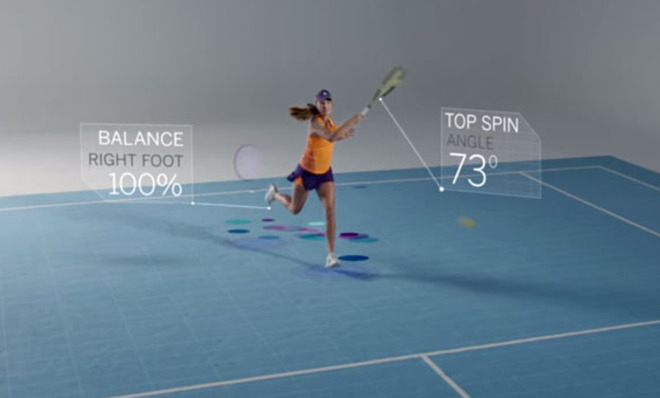
1. Smart basketball court
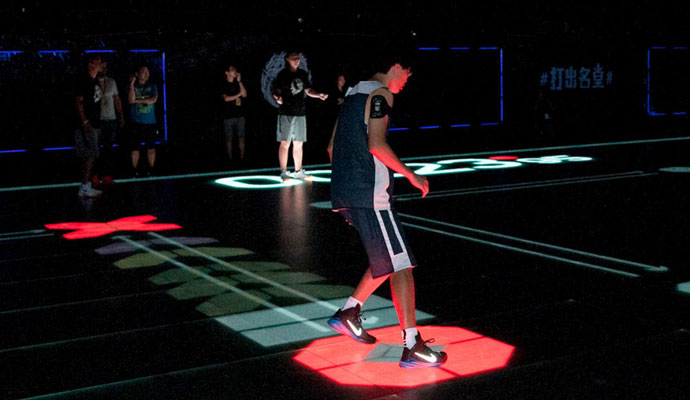
Sometimes, the best way to learn something is by combining your own experiences with the experiences of others. A basketball court in Shanghai called The House of Mamba — named after Kobe "Black Mamba" Bryant — applies that principle to the sport with the help of cutting-edge technology.
The House of Mamba is a smart basketball court developed by tech company AKQA and Nike. It has a floor that lights up to guide players through expertly designed training programs. The court is comprised of LED screens, sensors, and motion-tracking devices, so coaches can upload programmed footwork routines for their teams to follow. Then, players look at the brightly lit floor display and make sure that their real steps line up with the ideal form for several basketball drills, including dribbling a basketball or playing defense against a hypothetical opponent. Artificial intelligence tweaks the program to help players practice the skills they need to work on, and muscle memory theoretically kicks in so that athletes will know what to do when they’re playing for real.
The Week
Escape your echo chamber. Get the facts behind the news, plus analysis from multiple perspectives.

Sign up for The Week's Free Newsletters
From our morning news briefing to a weekly Good News Newsletter, get the best of The Week delivered directly to your inbox.
From our morning news briefing to a weekly Good News Newsletter, get the best of The Week delivered directly to your inbox.
The court was created for a Chinese reality TV show called Nike Rise, which was a competition where participants were mentored by LeBron James and Bryant for the chance to compete in the Nike World Basketball Festival. Lest you think this is a gimmick cooked up by a marketing department, the digital court was created with Bryant's input, and debuted with five custom practice programs based on the Lakers shooting guard's prowess.
2. Concussion sensors
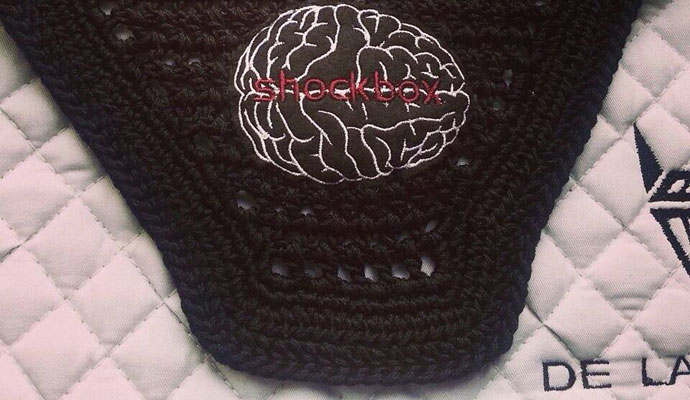
A raft of new information and awareness surrounding chronic traumatic encephalopathy (CTE) — the degenerative brain disease that results from compiled hits to the head — has turned the risk of concussions sustained playing contact sports into a national debate. But concussions are notoriously difficult to measure. That's why companies like Shockbox and Checklight created sensors that can be placed in helmets or mouthguards, and wirelessly transmit the force of impact of a hit to another device.
Some high schools have already adopted this technology, which is quite important when you consider that an Institute of Medicine and National Research Council report found that high school football players have almost twice the risk of getting a concussion compared to their college counterparts. Another study presented at the Pediatric Academy Society's national meeting in May found that 53 percent of high school athletes said they would still want to keep playing if they had concussion symptoms — and 46 percent admitted they would lie about their condition. But there's no lying to these new concussion-detecting devices.
A free daily email with the biggest news stories of the day – and the best features from TheWeek.com
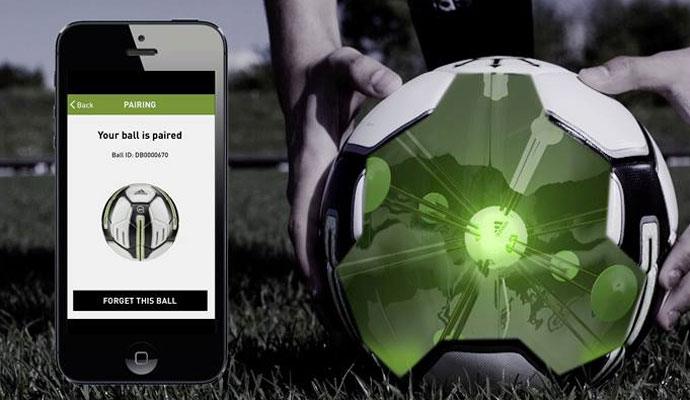
Adidas' miCoach ($300) allows soccer players to track their skills digitally. The ball measures speed, spin, trajectory, and strike point through a sensor located in the center, and sends the data to a paired wireless device. It also lets you know the flight path of a ball, so if you want to learn how to bend it like Beckham, you can know exactly how much force you have to exert and where you should place your kick.
On the outside, miCoach looks like a regular soccer ball — and is the maximum FIFA-approved weight — so it's no different that playing with the real thing.
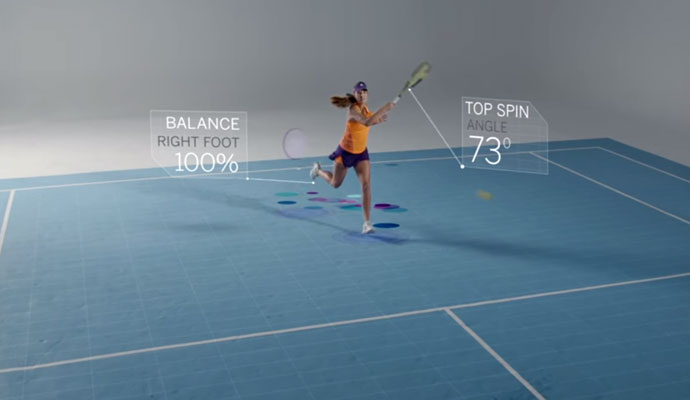
SAP Software & Solutions believes it can use data-crunching techniques to break down not only a tennis player's stats — but predict their moves in advance.
The German software company claims its HANA platform can break down a player's style and choices into probable likelihoods. The algorithms do this by "watching" serve direction, return contact point (where a player is when he returns the serve), shot placement (which includes everything from where the ball lands to slice, topspin, and speed), and player movement (imagine a heatmap of a court showing where a player was and how often).
Once that data is compiled, HANA calculates the probability of what a player is likely to do at any given point of the match. So imagine your opponent's serve bounces just in front of the service line on the right-hand side of the court. HANA can calculate where exactly you're likely to be when you return it, and the speed and spin of the return shot you hit.
Not only can that sort of knowledge help players understand what their opponent is going to serve up and when they themselves are at the strongest, but commentators could use the predictive models to prepare for what's coming next.
SAP partnered with the Women's Tennis Association to show off the technology in August, allowing coaches to see how their players performed after a match. The Wall Street Journal reports the WTA may allow coaches to tap into that information in real time, which could change the sport at a blistering speed. But already, it's causing controversy, with proponents saying the extra analytics will help improve strategy and performance, and detractors saying the Minority Report-style predictive analysis will ruin the spontaneous nature of gameplay.
Michelle Castillo is a freelance writer and editor and a pop culture junkie. Her work has appeared in TIME, the Los Angeles Times and CBS News.
-
 Venezuela’s Trump-shaped power vacuum
Venezuela’s Trump-shaped power vacuumIN THE SPOTLIGHT The American abduction of Venezuelan President Nicolás Maduro has thrust South America’s biggest oil-producing state into uncharted geopolitical waters
-
 Most data centers are being built in the wrong climate
Most data centers are being built in the wrong climateThe explainer Data centers require substantial water and energy. But certain locations are more strained than others, mainly due to rising temperatures.
-
 ‘Maps are the ideal metaphor for our models of what the world might be’
‘Maps are the ideal metaphor for our models of what the world might be’Instant Opinion Opinion, comment and editorials of the day